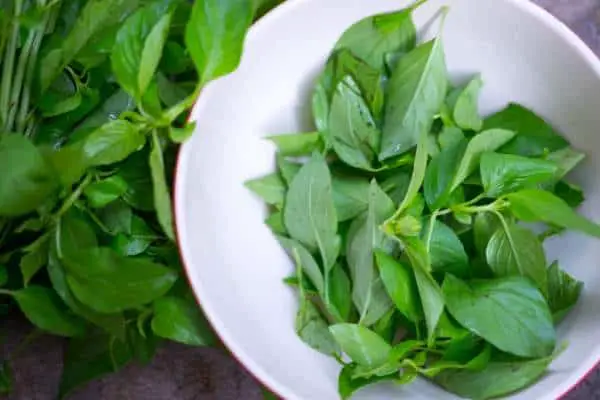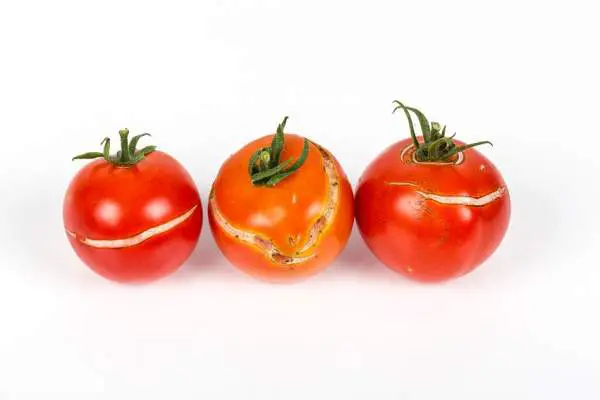Basil is, undoubtedly, one of the most widely-used culinary herbs and a popular choice for hydroponic gardening systems.
Growing it at home means you have a constant access to fresh basil for your tomato sauce, pesto, soup, salad, and more.
If, however, the time has come to replant your hydroponic basil plant into the soil, you might wonder how to do it.
The good news is that it can be done, but you have to prepare and double-check a couple of things, including the plant’s roots.
Go through the following article to find out what else you have to do to successfully replant hydroponic basil.
Replanting Hydroponic Basil into Soil
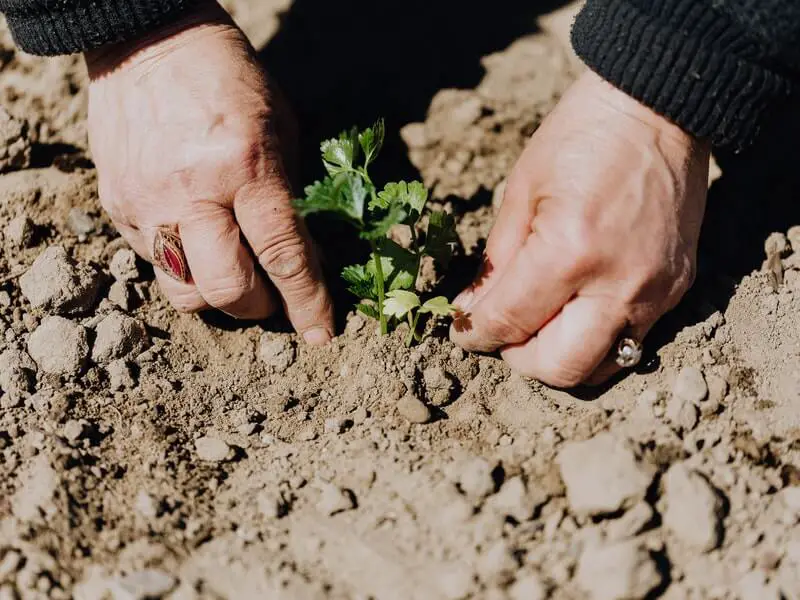
In the local supermarket, you may often pick up bunches of basil without paying much attention to it. Next time, see if there are still roots on the plants, and if there is, then there is a good chance they have come from a commercial hydroponic farmer. You may also find the same if you have a local farmers market, because basil is an easy grow crop, there can be many places it is grown using hydroponic systems.
You will notice these roots are clean, and this is a good sign they come from hydroponics as there won’t be any soil and they have grown in nutrient rich water.
You can take this home and re-plant these into soil or if you already have your own system, then you can with some care plant them into your system.
Here are the straightforward steps to replant hydroponic basil into soil.
- Make sure you have some pots ready with good potting soil. The pots should be four to six inches wide.
- Check the basil roots and see how many plants you actually have. If there are more than one, you will need to divide these carefully. This stage can cause plant shock as you try to separate the roots and stems from each other.
- If your basil bunch is large, you can prune back some of the stems and leaves. This shouldn’t be more than either six or eight inches of green growth. This helps the plant because water and nutrients can focus on a smaller area for growth.
- Take your pot and poke a hole where you can place the roots and the bottom part of the stem. Cover the roots with the potting soil and pat down gently.
- Because your plant has changed system, its roots won’t be used to the new growing medium. Water every day for between five and seven days (plants from hydroponic systems will be used to lots of moisture), because a sudden change of watering pattern can cause shock.
- After this time, cut back on watering until you can move to watering once the top most inch of soil is dry.
- Be sure to keep your plant in a sunny window before you think about placing it outside. This hardening off should take around a week after replanting.
- From this point, you should see a steady growth, and you can slowly begin plucking leaves, as you need them.
Also read:
Can You Transplant Hydroponic Plants To Soil?
Transplanting Basil from Soil to Hydroponics:
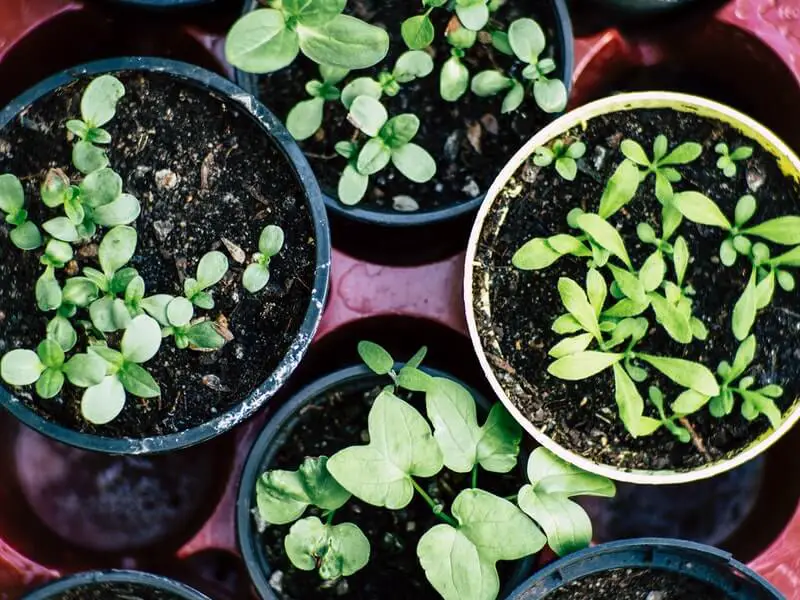
If you are looking to replant soil-grown basil into your hydroponic system, then you do need to take more care because of the germs or bacteria that may be in the soil. The steps are not that much different from planting into soil, but they are in reverse.
Because there can be a lot of soil around, it is safer to do the first steps outside your grow room. Doing so inside can lead to plant diseases creeping in when you least expect them.
Get your net pots ready and already half filled with your growing medium. Hydroton clay pebbles or Rockwool blocks are good growing mediums, though this will depend on the system you are planting into.
- Carefully remove your basil plant from the pot it was purchased in and gently shake let any loose dirt fall away from the roots.
- Once nearly all the earth has been removed from the roots, dip the root system into clean water so you can rinse away the remaining dirt. This is where you need the roots as clean as possible without vigorous rubbing.
- Place the roots gently into the pot and cover with more of your growing medium.
- All you need to do is now place your growing pot into the system, but there are a few things to check before everything will be okay for your plant.
Basil Growth Tips for Hydroponic Systems
- Basil will require a temperature of around 65 to 80 degrees Fahrenheit. The plants also require moderate humidity for the best growth.
- Because you will have transplanted indoors, you will be pleased to know basil doesn’t require intense light, and T5 fluorescent tubes will suffice. However, if you are using LED or HID, these are also suitable as long as you are sure to have correct spacing from the tops of your plants.
- Basil needs between 14 to 16 hours of light per day for the best growth.
- The pH levels of your system need to be between 5.5 and 6.5. For the nutrients, you will need to make sure these are not full strength in the beginning. In soil, basil will have had to work to find the nutrients, and now they will have an abundance delivered to their roots in one go.
- Basil is prone to attack from Pythium, be sure that the growing medium doesn’t become too wet.
- When pruning for use, a healthy basil plant can have the top third to two-thirds removed from the upper leaves and foliage. This will continue to grow back where you can use it again. It should be around three times you can do this before needing to change your basil plant.
- Before discarding your plant the final time, you can use this to take cuttings for propagation.
Basil Propagation in Hydroponics
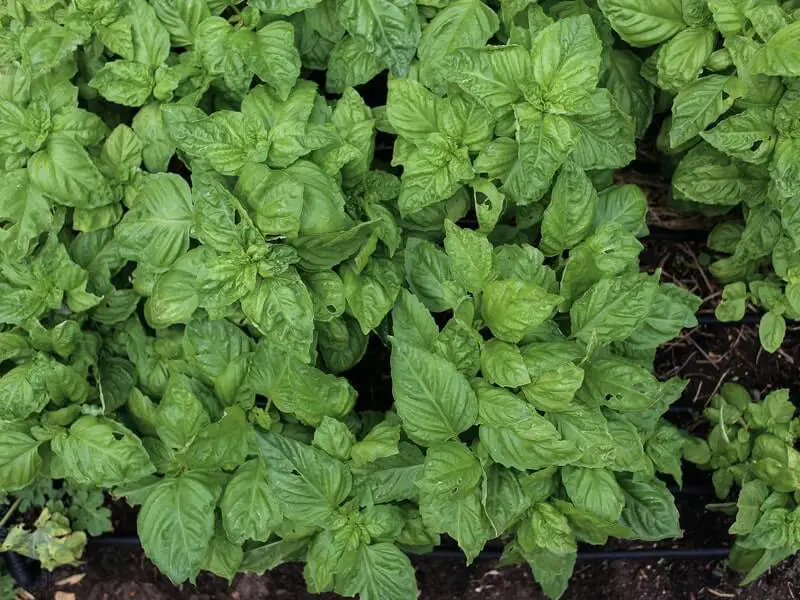
No matter if you purchase soil-grown basil, or basil that has been grown by a hydroponic farmer, this can be a great way of not just getting your garden going with a plant you can use a few times rather than just ones. You can take cuttings from this, so the need to purchase any more or grow from seeds is negated.
Here is the process for replanting hydroponic basil from cuttings:
- A couple of days before cloning, leach out nitrogen from the plants by watering with pH adjusted water and no nutrient mixture (Too much Nitrogen retards the rooting process).
- Choose your growing medium. One of the most accessible and popular is Rockwool starter cubes. Make sure to pre-soak these with pH-adjusted water for 24 hours.
- Make a hole in the top of the starter cube that is a little smaller than the basil-cutting stem.
- Fill your small glass with rooting hormone
- Once you make the cuts, you need to dip the cutting portion into the rooting hormone as fast as possible. The reason for this is to prevent air being drawn inside the stem.
Steps for taking hydroponic basil cuttings:
- Toward the tip of your basil, take a growing tip, which is between three and six inches in length. If you have one with two leaf internodes, all the better yet one can be enough. The internodes are where leaves connect to the stems.
- With the razor, carefully remove the one or two leaves as close to the stem as possible.
- Under this internode, make a cut quarter of an inch across the stem at a rough forty-five degree angle. Make the cut as fast and as safely as possible. The sharper the blade the better so you don’t crush the stem.
- Insert the cut angle into your hormone solution. If you have a liquid solution, let the end soak in there for up to one minute. If it is a gel, then dip and then insert straight into your Rockwool starter cube. A powdered hormone needs you to dampen the stem first before rolling.
- Be sure not to push the cutting through the bottom of the medium. Roots need space to develop. One other thing is the leave internodes need to be under the top surface of your growing medium.
- Pack Rockwool around your stem while making sure there is contact between the two.
- Mist cuttings with a spray bottle and place them in the humidity dome.
- Mist a couple of times per day and keep lights on for between 18 and 24 hours per day.
- Once you begin watering, use 1/4 strength nutrient solution. Do this every couple of days for the first week.
- Check if roots are starting. If they can support themselves without the humidity dome, and are fully rooted, you can move them to your system to carry on your fresh supply of basil.

